Henry III: The builder king
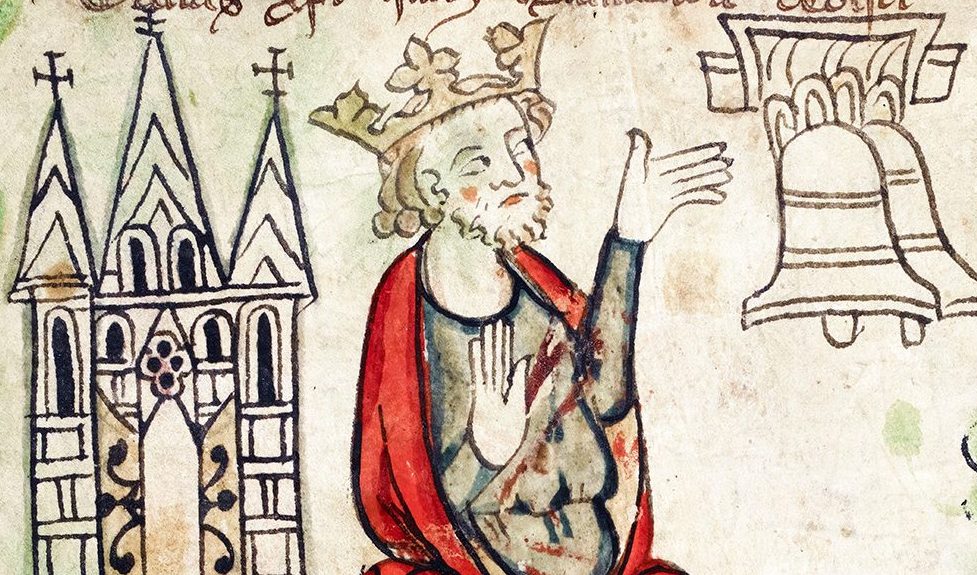
Henry III’s contribution to Britain’s architectural landscape is not to be underestimated, writes Adrian Mourby
Words by Adrian Mourby
For the recent coronation of King Charles III, Westminster Abbey uncovered its Cosmati floor, a beautiful 13th-century marble pavement, on which stood the throne of St Edward, which might not exist at all were it not for the architectural ambitions of one of history’s most overlooked English monarchs.
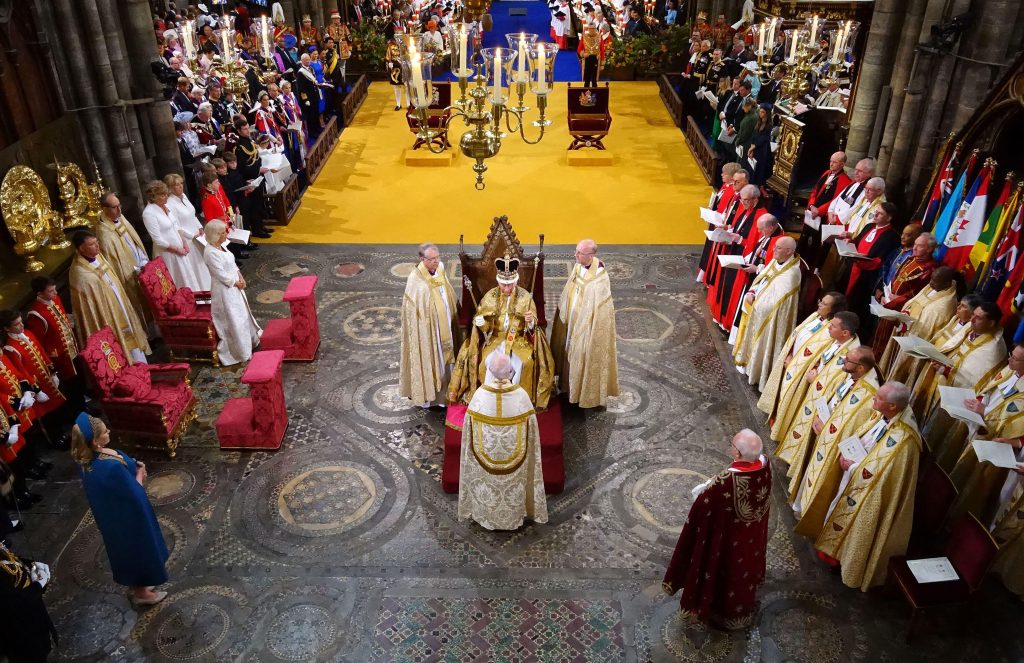
This remarkable and detailed floor was inlaid at the behest of Henry III (1207-1272), one of the least celebrated monarchs in British history, which seems rather unfair when one considers the incredible architectural legacy he left behind, including not only this floor but significant investments in iconic royal palaces such as Windsor Castle and the Tower of London.
There have been eight King Henrys of England, making it the joint most common name of British monarchs (tied with Edward) and perhaps that’s the problem – we find it hard to keep track of them. It may well have been even harder to differentiate between the Henrys had King James I’s eldest son and heir apparent survived past the age of 18 and gone on to fulfil his role as King Henry IX. As it was, it was left to his brother, King Charles I, to take the throne when the time came.
Nevertheless, Henry III was a steady, bearded and overtly religious king who brought stability to a land that had been fought over repeatedly by contending aristocrats and kings.
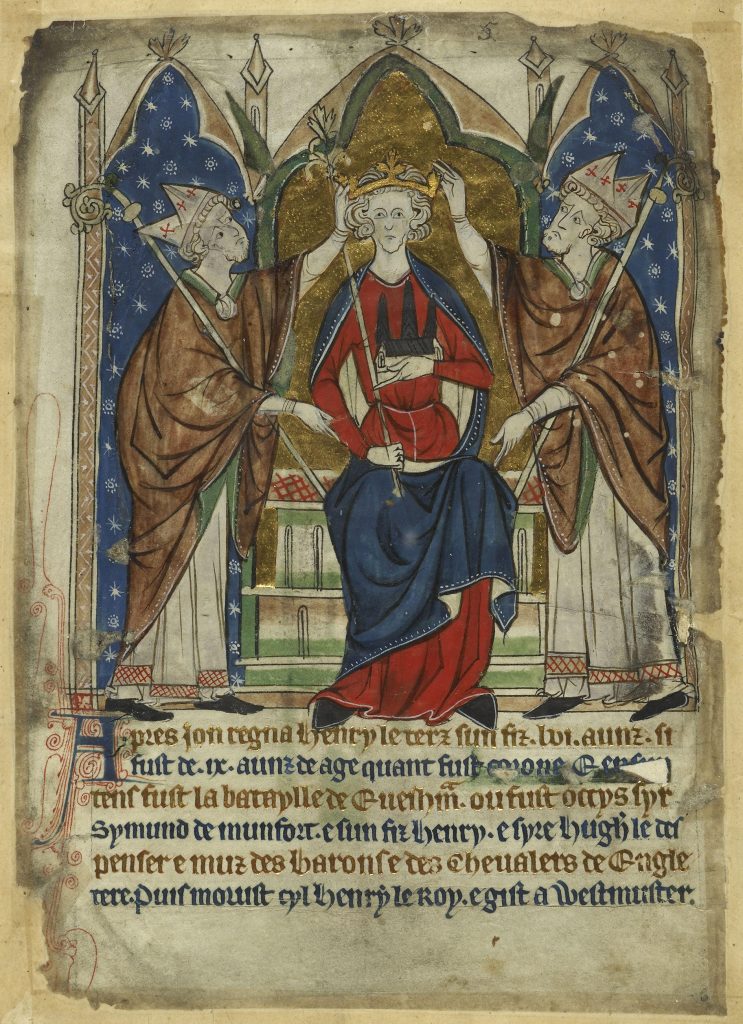
His reign must have seemed like a breath of relative order after the near domestic anarchy of his uncle Richard Coeur de Lion, and the total misrule of his father, Bad King John. Yet in history he is eclipsed, not only by his two immediate predecessors, but also by his fierce son, Edward I, Hammer of the Scots.
Yet, in the process of imposing order Henry III proved himself one of England’s great builder kings, which is why we have a Cosmati floor in Westminster Abbey today.
There are in fact two Cosmati floors in Westminster. One is the Great Pavement before the high altar, which was specially uncovered for the recent coronation of King Charles III, and the other is in the shrine of Edward the Confessor. Both were executed around 1268 and are uniquely opulent for their time, using precious stones from all around the Mediterranean.
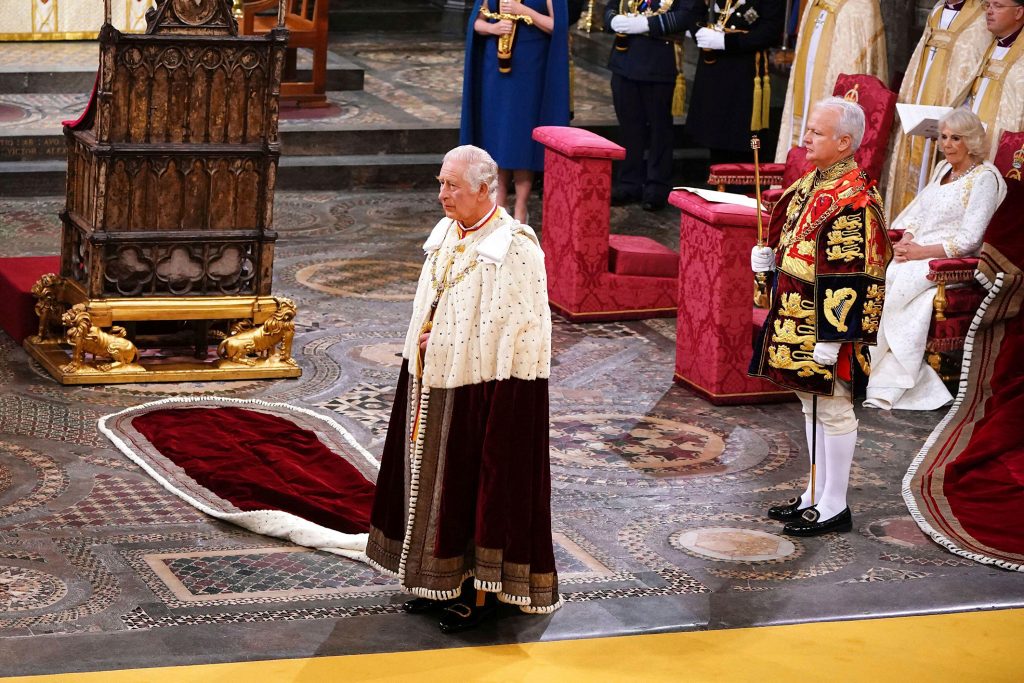
The Cosmati were an Italian family comprising seven members of talented architects, sculptors, and workers renowned for their geometric mosaic designs, which were mostly used on floors but also used to embellish altar canopies, church doors, and tombs.
It wouldn’t have been cheap for King Henry III to bring the Rome-based family over to London, so who exactly was this monarch so ready to spend money beautifying his realm?
Who was Henry III?
We know that he was born in 1207 to King John and his second wife, Isabella, Countess of Angoulême. Henry assumed the throne at the age of nine in the middle of the First Barons’ War and was shielded by two regents before he took over the country in 1227.
In 1230, Henry attempted to reconquer land in France that had been surrendered by his father, but the invasion proved a disaster. A second French campaign did not go much better.
Thereafter Henry devoted himself to domestic matters and diplomatic alliances. In 1236 he married Eleanor of Provence. Despite being a diplomatic match, theirs seems to have been a happy marriage – Eleanor was just as interested in architecture as he – and Henry appears to have been devoted to their five children.
Records show both Henry and Eleanor issuing instructions, almost daily, for the improvement of royal buildings. Eleanor was also a poet and a leader of fashion, and she acted as regent for Henry on the rare occasions when he travelled abroad.
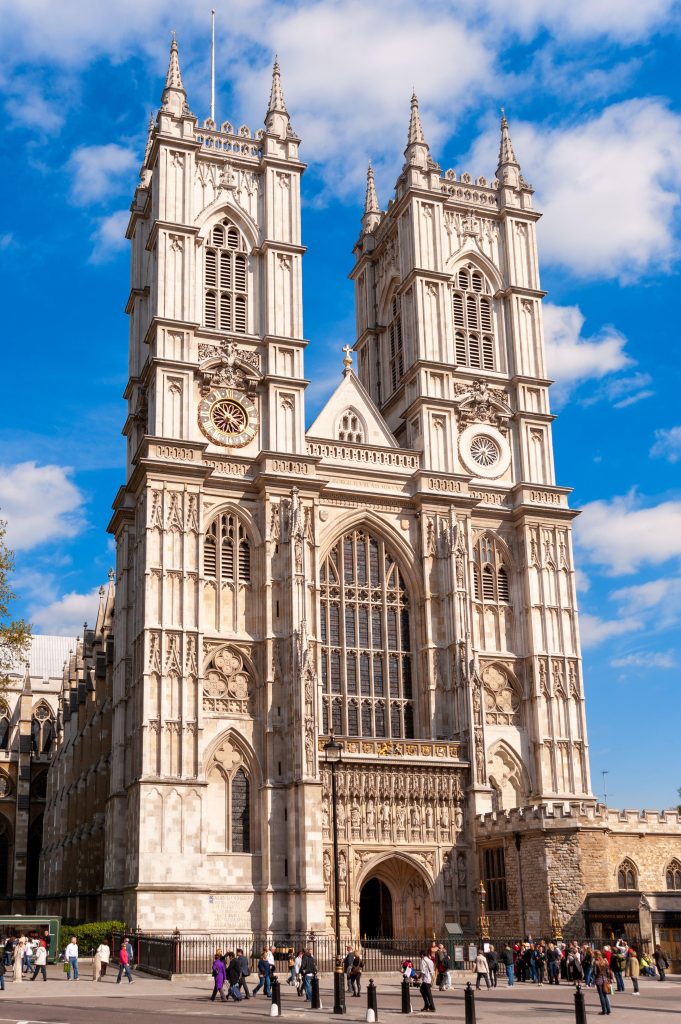
Henry III – the builder king
Henry invested heavily in his favourite palaces. During his reign he is thought to have spent over £55,000 (more than £40m in today’s money) rebuilding the Palace of Westminster and Westminster Abbey complex, thereby making London look more like a capital city.
He is estimated to have spent £58,000 (over £42m) on his other royal castles. He also built 18 new chapels, as well as mendicants’ lodgings in Canterbury, Norwich, Oxford, Reading and York. Together, Henry and Eleanor placed England in the mainstream of contemporary European art and architecture.
Henry’s greatest achievement was the rebuilding of Westminster Abbey in the new Gothic style. He wished to turn the shrine to Edward the Confessor into a royal mausoleum. He admired Louis IX of France’s Sainte-Chapelle in Paris, which he saw on a visit there in 1254, and his reworking of the abbey drew much inspiration from the flamboyance of French architecture.
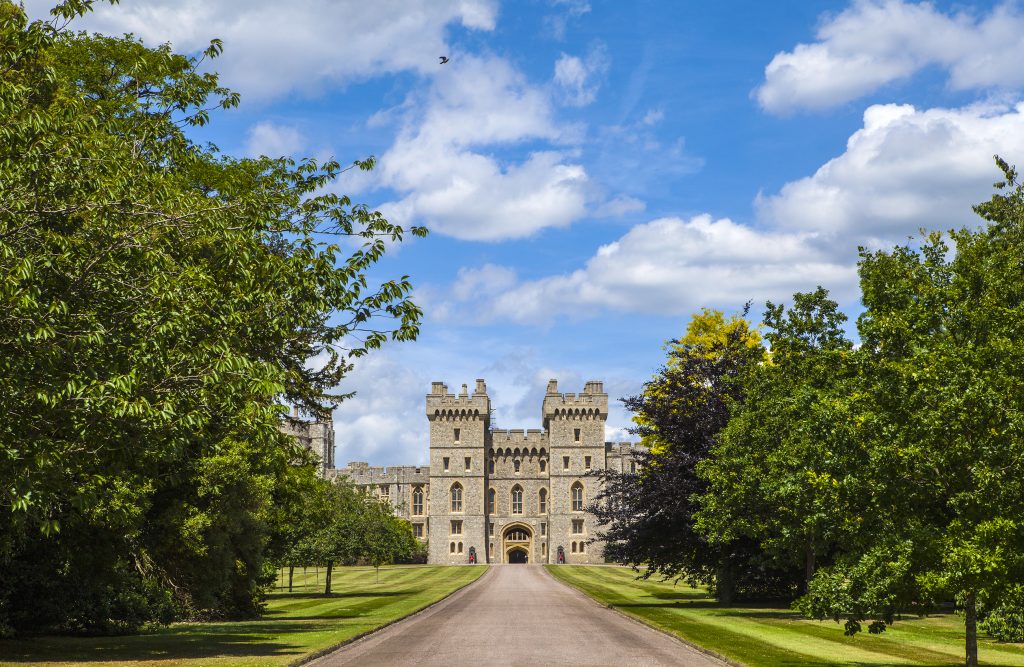
On Westminster Palace alone Henry III spent £10,000 (over £7m today) embellishing the Painted Chamber with its great curtained bed and wall paintings. Sadly, these were all destroyed in the Great Fire of 1834, but sketches of the chamber recorded its beauty. Another £15,000 (£11m) was spent at Windsor where new domestic accommodation and chapels were built.
Henry preferred a more sedentary life than his energetic predecessors, staying at each of his palaces for prolonged periods. He introduced the idea of the Queen always having her own purpose-built apartments. Henry was, according to architectural historian John Goodall, “the most obsessive patron of art and architecture ever to have occupied the throne of England”.
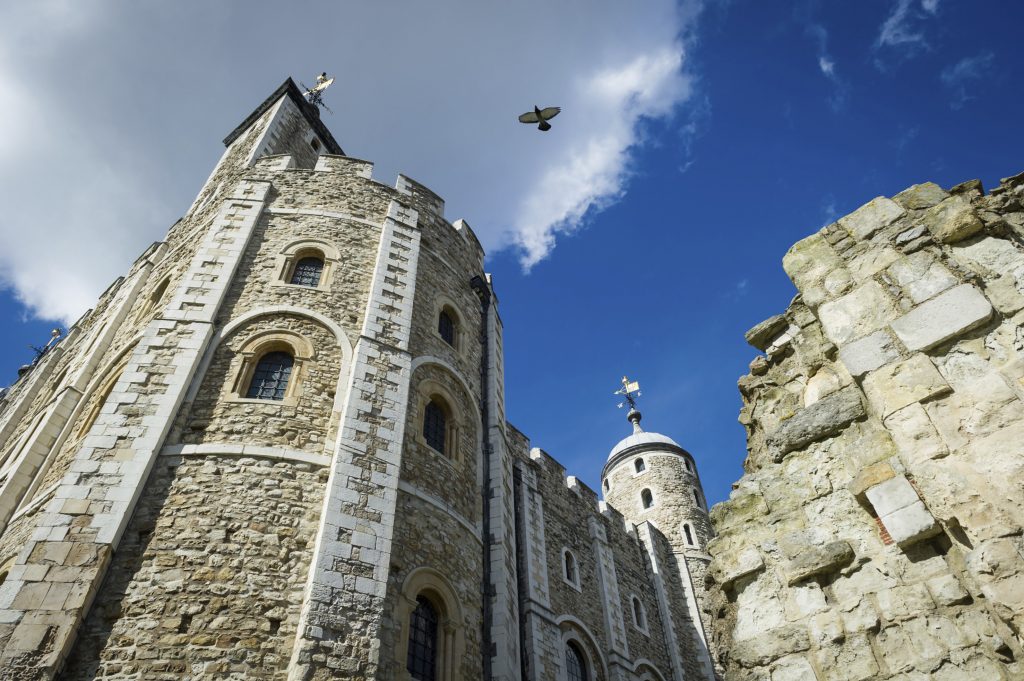
Henry also carried out major work at the Tower of London, expanding the fortress to become more of a palace with suitable living quarters, should it ever be needed as a retreat in the event of the barons rebelling again. He also kept a menagerie at the Tower, a tradition begun by his father, King John. Exotic species included an elephant, a leopard, and a camel.
Henry was keen on domestic pilgrimages, which were sometimes a good way to avoid political problems in Westminster and we know he donated money to St Albans and Walsingham Priory. The king also visited Lincoln Cathedral and granted permission for the dean and chapter to take down part of the town wall so the cathedral could be expanded, and a new central tower and spire built.
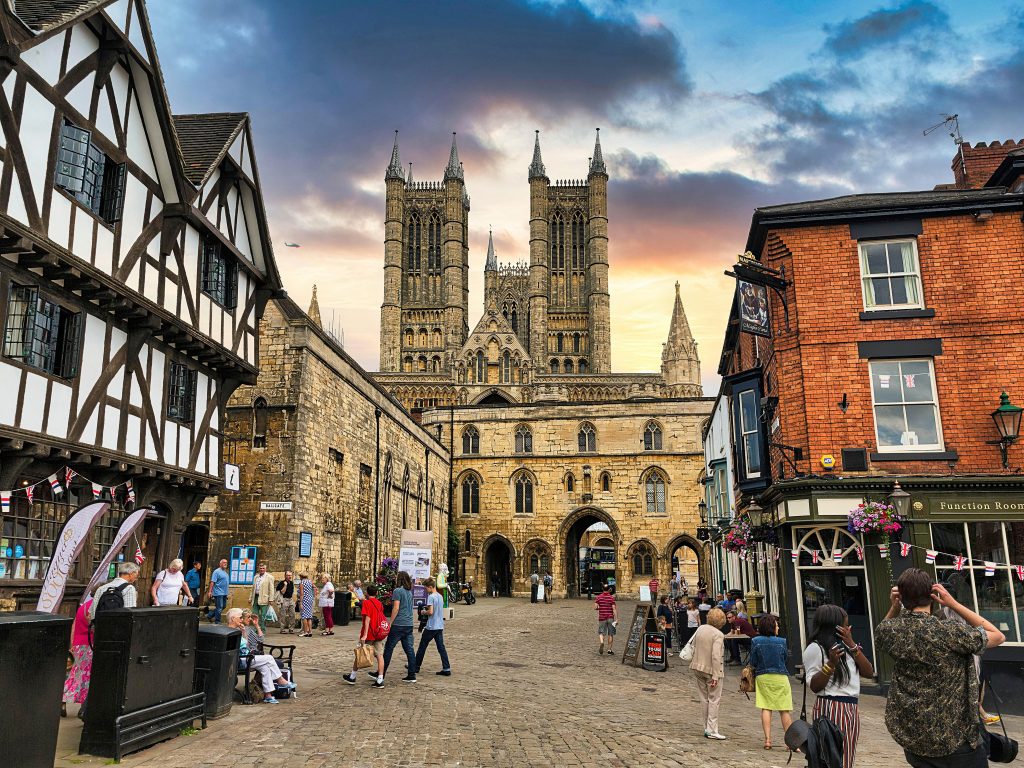
Lesser sums, though still significant, were spent on palaces, mostly now lost, at Clarendon, Woodstock, Havering, and Guildford. Some fragments remain of the great summer palace of Clarendon in Wiltshire that Henry inherited, which still stand in the middle of a deer park. Painted plaster, floor tiles and stained glass have been excavated at Clarendon and the British Museum has some of its magnificent pavements on show.
Woodstock Palace in Oxfordshire stood in the grounds of the present-day Blenheim Palace. It had been built as a hunting lodge in 1129 by Henry III’s great grandfather Henry I. Henry III added seven miles of walls to enclose a park in which lions and leopards roamed and he chose Woodstock as the site for his signing of a Treaty with the Welsh prince, Llywelyn the Last, in 1247.
Henry’s other favourite castles were Havering Palace in Essex – granted during Henry’s reign to Queen Eleanor – and Guildford.
The king restored Guildford Castle to make it one of the most luxurious palaces in England. In 1245, he bought land to extend its grounds and Castle Arch was constructed on his orders in 1256. It still stands today.
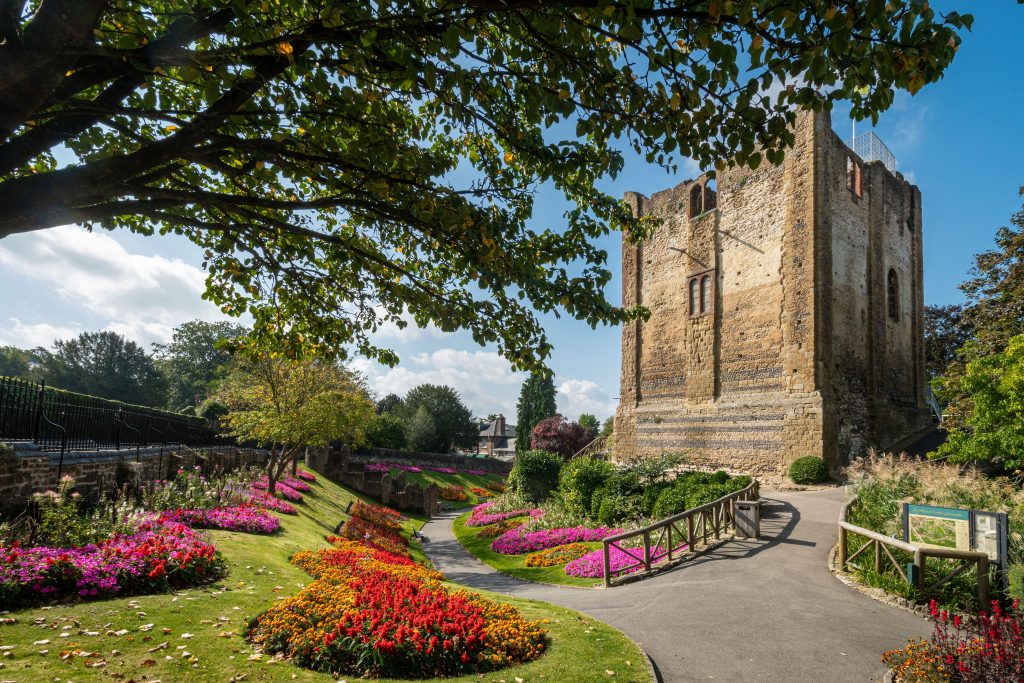
As would be expected, all this building didn’t come cheap, and Henry extracted huge sums of money taxing Jewish people who had settled in England, ultimately crippling their ability to do business.
Despite the occasional flash of anger, he was mostly even tempered. As a monarch, he was not the warrior that Henry II, Henry IV, or Henry V proved to be. Rather than increasing the size of his realm, like Henry VIII, he set about improving its aesthetic and grandeur instead.
This is an extract, read the full feature in our August/September 2023 issue of Discover Britain, available to buy here.
Read more:



